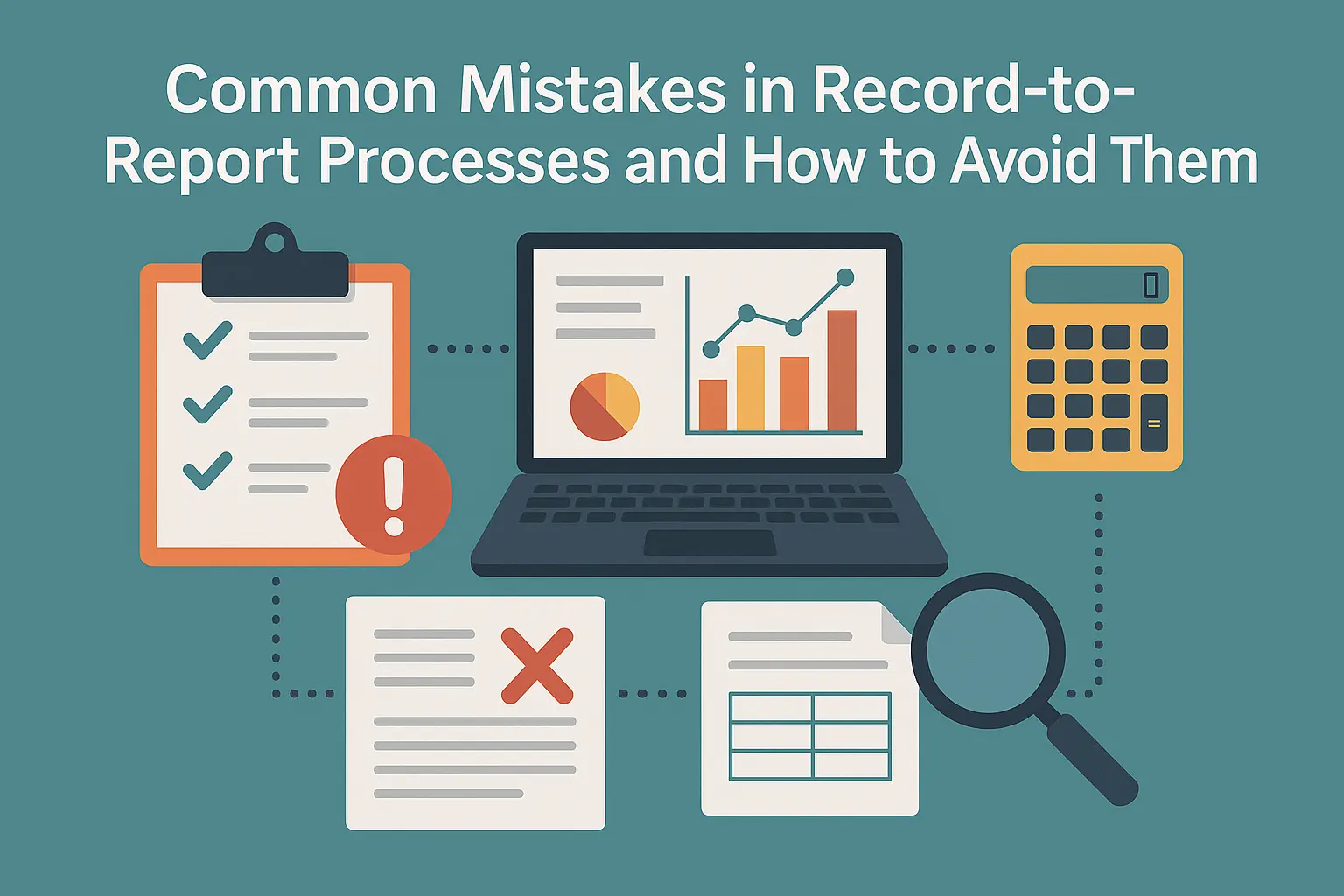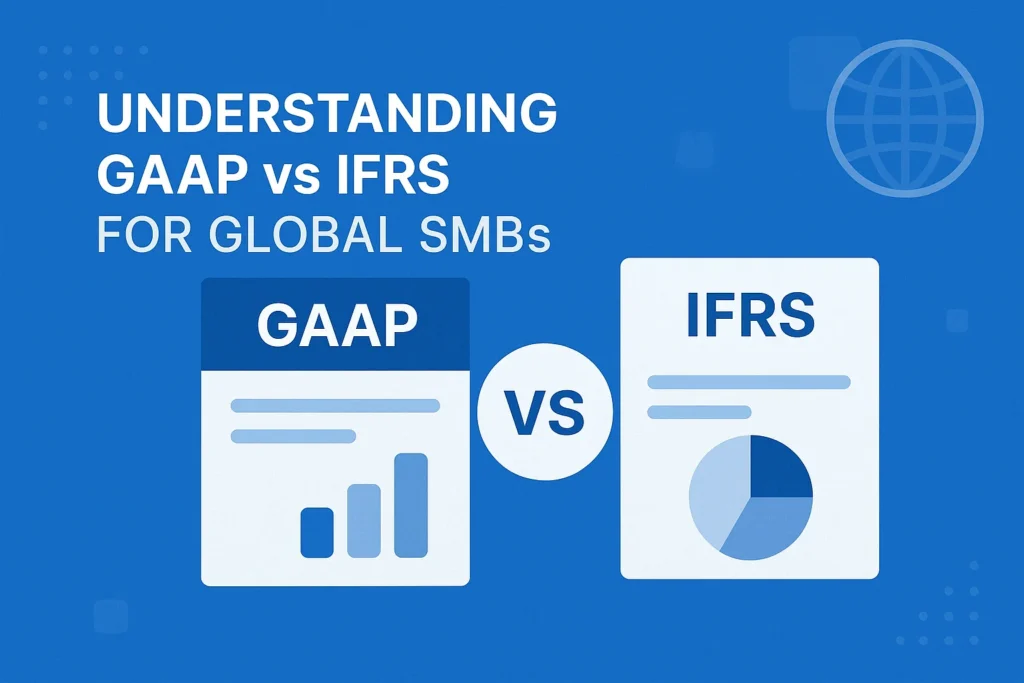Record-to-Report (R2R) is the heart of financial reporting and compliance. Errors in R2R processes can lead to bad decision-making, audit failures, and regulatory penalties. In this article, we’ll examine the most common mistakes in R2R and how to avoid them.
Why Record-to-Report Accuracy Matters
Strong R2R processes ensure:
- timely financial close
- accurate reporting
- trust from stakeholders
- compliance with regulations
Common Mistakes to Watch For
1
Poor Data Quality
Incomplete or inaccurate data results in incorrect financial statements. Implement strong data validation and cleaning processes.
2
Manual Reconciliations
Manually reconciling accounts is time-consuming and error-prone. Automate reconciliations wherever possible.
3
Weak Internal Controls
Missing or poorly defined approval workflows expose you to fraud and compliance risks. Standardize controls across all entities.
4
Lack of Standard Operating Procedures (SOPs)
Inconsistent processes lead to confusion and errors. Create clear SOPs and train teams thoroughly.
5
Ineffective Close Calendars
A poorly managed close schedule causes missed deadlines and stress. Establish a disciplined close timetable with checkpoints.
6
Insufficient Collaboration
Lack of communication between finance, procurement, and operations teams can delay reporting. Promote cross-functional transparency.
7
Limited Use of Technology
Legacy systems slow down R2R. Adopt modern finance tools to speed up processes and improve accuracy.
How to Avoid These Pitfalls
- Train your staff regularly
- Automate high-volume tasks
- Set up performance metrics and KPIs
- Review and update SOPs periodically
- Hold regular team check-ins during closing cycles
Conclusion
A strong Record-to-Report process is essential to reliable financial insights and regulatory compliance. With the right tools and discipline, you can prevent costly errors and drive sustainable growth.



